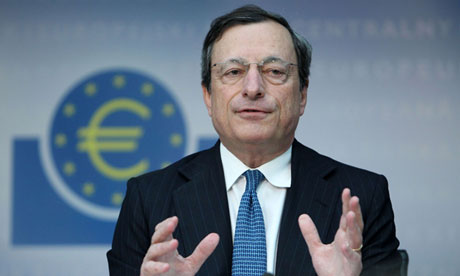A bird in the hand is worth two in the bush.
– Anonymous.
In our upcoming issue of The Bill Bonner Letter, we explore the strange territory of “NIRP” – negative-interest-rate policy.
About $7 trillion of sovereign bonds now yield less than nothing. Lenders give their money to governments…who swear up and down, no fingers crossed, that they’ll give them back less money sometime in the future.
Is that weird or what?
Into the Unknown
At least one reader didn’t think it was so odd.
“You pay someone to store your boat or even to park your car,” he declared.
“Why not pay someone to look out for your money?”
Ah…we thought he had a point. But then, we realized that the borrower isn’t looking out for your money; he’s taking it…and using it as he sees fit.
It is as though you gave a valet the keys to your car. Then he drove it to Vegas or sold it on eBay.
A borrower takes your money and uses it. He doesn’t just store it for you; that is what safe deposit boxes are for.
When you deposit your money in a bank, it’s the same thing. You are making a loan to the bank. The bank doesn’t store your money in a safe on your behalf; it uses it to balance its books.
If something goes wrong and you want your money back, you can just get in line behind the other creditors.
The future is always unknown. The bird in the bush could fly away. Or someone else could get him.
So, when you lend money, you need a little something to compensate you for the risk that the bird might get away.
…click on the above link to read the rest of the article…












 Oldish German calendar. Image via sciencesource.com
Oldish German calendar. Image via sciencesource.com Did you really think we’d let you get away with that calendar-fudging, oh Julius? February 29? Seriously? Photo credit: MGM/Turner Ent.
Did you really think we’d let you get away with that calendar-fudging, oh Julius? February 29? Seriously? Photo credit: MGM/Turner Ent.

